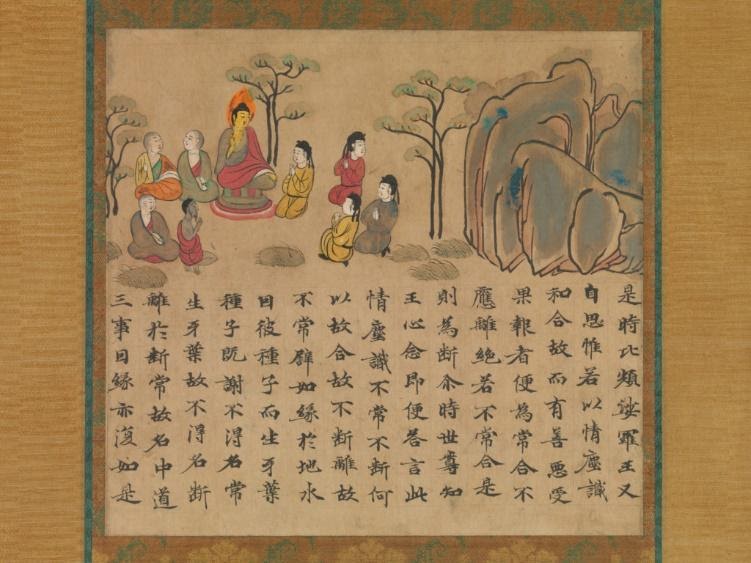
Many Buddhists view Buddhism as a method. And indeed it really is well structured. The real challenge of Buddhism is bringing it to life from its theoretical origins. Like many religions, there can be some subtle variations in names and numbers due to the fact that it was once full of different branches. However this article will focus on the similarity between all of those schools
Key Concepts
Understanding Buddhism depends on grasping its key concepts. These concepts are Impermanence, cause and effect, and the void.
Impermanence for instance, is by far one of the most important concepts. It is the idea that nothing stays the same. Everything is in constant change, a non-stop evolutionary process, it’s sometimes very difficult to visualize. But just because we don’t see it, doesn’t mean that it’s not there, right?
Another concept is cause and effect, which is connected to the concept of impermanence. What we are now is the product of what we caused in the past. Today we build who we will be tomorrow. This principle works on microlevels, like seconds, and on macro levels, like lives.
If you think of someone you know with short hair. And the person decides to let it grow longer. Three months later you see the person and you notice the change. It didn’t happen overnight, it had been growing for a while..
Void, emptiness is another important concept. We must apply this concept to ourselves. We must clear ourselves from Ego. To do this successfully, we have to create a void before understanding that we are all part of a unity. It’s not possible to experience the notion of unity without emptying yourself from your desires and cravings.
The eight-fold path
Understanding these key concepts will help the person on the eightfold path, which is the third noble truth for the Buddhists. The first is the existence of suffering, the second is acknowledging the origins of that suffering. Most of the time the origins of suffering will be related to attachment, a feeling that goes against the notion of impermanence. There are other origins too, but this is the most obvious of all.
After learning the causes of suffering and undertaking the eightfold path, the person will reach the forth truth, the cessation of the suffering marked by the NIRVANA, reaching a perfect peace of mind described as enlightenment.
Inquiry
In one of Buddha’s lectures (called the Kalama Sutta), he asked the Kalama people about what they believe in. They explained to him that they were confused, as lots of religious men would come and teach opposing teachings. These teachings conflicted each other, so the people didn’t know what to believe.
Buddha taught them that they were not to accept anything as absolute truth, rather they should question everything they learn, and find evidence to justify it. They should also try to experience those things. He was clearly against dogmas, he wanted people to believe what they could experience with their senses.
Truth develops from constant questioning and doubting. This leads to the breaking of stereotypes, the clearing of dogmas, and contradicting truths we were taught. It all should start and end with questions. The goal is to reach a point of complete peace and no desire, so there would be no question to be answered.
Dhamma and Karma
This method explained by Buddha, is life’s guidebook. These are timeless universal teachings, which lead us to enlightenment. The Dhamma is the whole path.
Every time we deviate from Dhamma by taking shortcuts or an easy path, Karma is the tool used by the Universe to push us back on the right track. It’s an adjustment, the farther we go from the Dhamma the more painful that adjustment will be. The more we resist the adjustment, the more pain we experience.
This is a brief idea of what’s there in Buddhism for us. This article develops the sense of “inquiry” inside of us, which encourages us to learn more about the path. And trust me, there is a lot more, and the thirst you might be feeling right now, may never cease to exist. Don’t panic, it’s a good sign. Because it’s time to wake up.










